What makes any state stand out for hunting is its opportunities for residents and non-residents alike, along with the quality and health of the animals you’re pursuing. When it comes to elk hunting, the best states have an obvious commonality: They have nice bulls. But “best” can mean more than that. What good is a state with big bulls if you can’t get a tag to hunt them, or don’t have much public land on which to chase them?
We built this list to highlight what’s “best” about each state for planning and executing an elk hunt. To help you pick out key spots, you can look more deeply at the harvest data the Boone and Crockett Club (B&C) has been collecting for more than a century, understand the best draw odds with Hunt Research Tools, or factor in some sage advice from our western-based onX Ambassadors who provide input on their favorite elk hunting states.
TL;DR: The best elk hunting states balance healthy herds, public land access, and realistic draw opportunities for residents and non-residents. Montana leads for record bulls and long seasons, Colorado offers the largest elk herd and thousands of opportunities, Utah and Arizona are trophy bull destinations with challenging draws, and Wyoming balances availability with strong management. New Mexico and Idaho use random draws, while Oregon remains an underrated option with Roosevelt elk. Using onX Hunt’s Boone & Crockett Map Layers and Hunt Research Tools helps hunters find the best units, research draw odds, and plan successful hunts across the West.
Boone and Crockett Club + onX Hunt
onX Hunt has a long-standing partnership with B&C, which provides a “navigation tool that shows historical data kept by the Club on native North American big game trophies.” To support our partnership, we made available a series of Boone and Crockett Map Layers, including B&C Trophy Big Game Records (by species) and B&C Records for the Last 10 Years (by species). These Map Layers, available to onX Premium, Premium Two-State, or Elite members, show a heat map of the highest concentrations of B&C record book trophies taken from 1830 to present (or the last 10 years, depending on the Map Layer), shown by county and covering 16 big game species.
With these B&C Map Layers, you can conduct your own research and dig deeper (county by county) into where your next great elk hunt might happen.
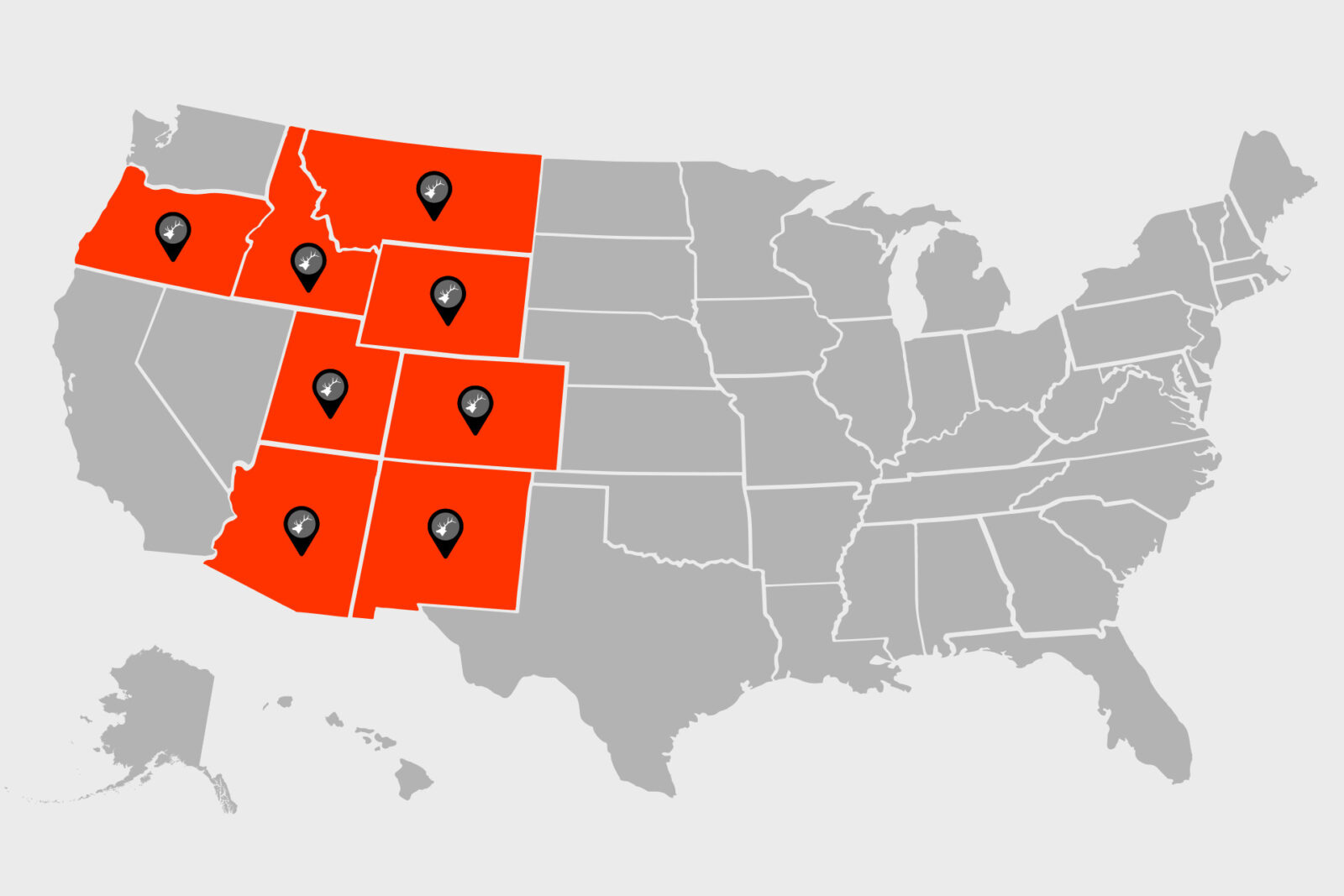
Montana: Best State for Residents and a Public Land Bull
Montana still has it. By the numbers, it holds the number one spot for record typical bulls since 2010 (and most recently in a single year, 2023), but some tags are getting harder to pull, especially for non-residents (plus the cost of over $1,100+ for an out-of-state elk license). However, with millions of acres of public land and 135,000 elk, some diligent e-scouting, along with boots-on-the-ground scouting, can put you in prime elk country.
“Montana is extremely generous with its season dates. You don’t have to choose a weapon, and with the expansive seasons, overcrowding shouldn’t be an issue. There is a ton of public ground and numerous districts where having onX Hunt will be critical for knowing with certainty that you are hunting where you’re allowed. Montana locals are friendly and extremely good hunters. I’d rather share the woods with great elk hunters, and Montana is full of them.” – Dan Staton, Elkshape
“Montana offers the opportunity for great bulls, from broken country in the breaks and bandlands to the big mountains. It makes for a great setting to have an adventure. I have been hunting Montana for the last 25 years.” – Brian Barney, Eastmans
“With a six-week archery season, followed by a five-week rifle season, then a nine-day muzzleloader season, all of which you can hunt with a general tag, Montana has the longest elk season of any state. And let’s not forget a cow-only shoulder season that goes into February. Montana is a land of opportunity.” – Steven Drake, Anyone’s Hunt (watch the Montana elk episode of Anyone’s Hunt below)
Montana Draw Tip
Montana’s premier limited-entry bull permits are difficult to draw. Montana restricts hunters who drew an either-sex or brow-tined bull elk permit from hunting antlered elk in any other hunting district (for the duration specified on the permit). Don’t waste your hard-earned points on a unit with inaccessible elk and/or limited public land. Use Hunt Research Tools to understand your odds and which units are ideal for your application strategy.
Draw deadline: April 1
Take a closer look at Montana:
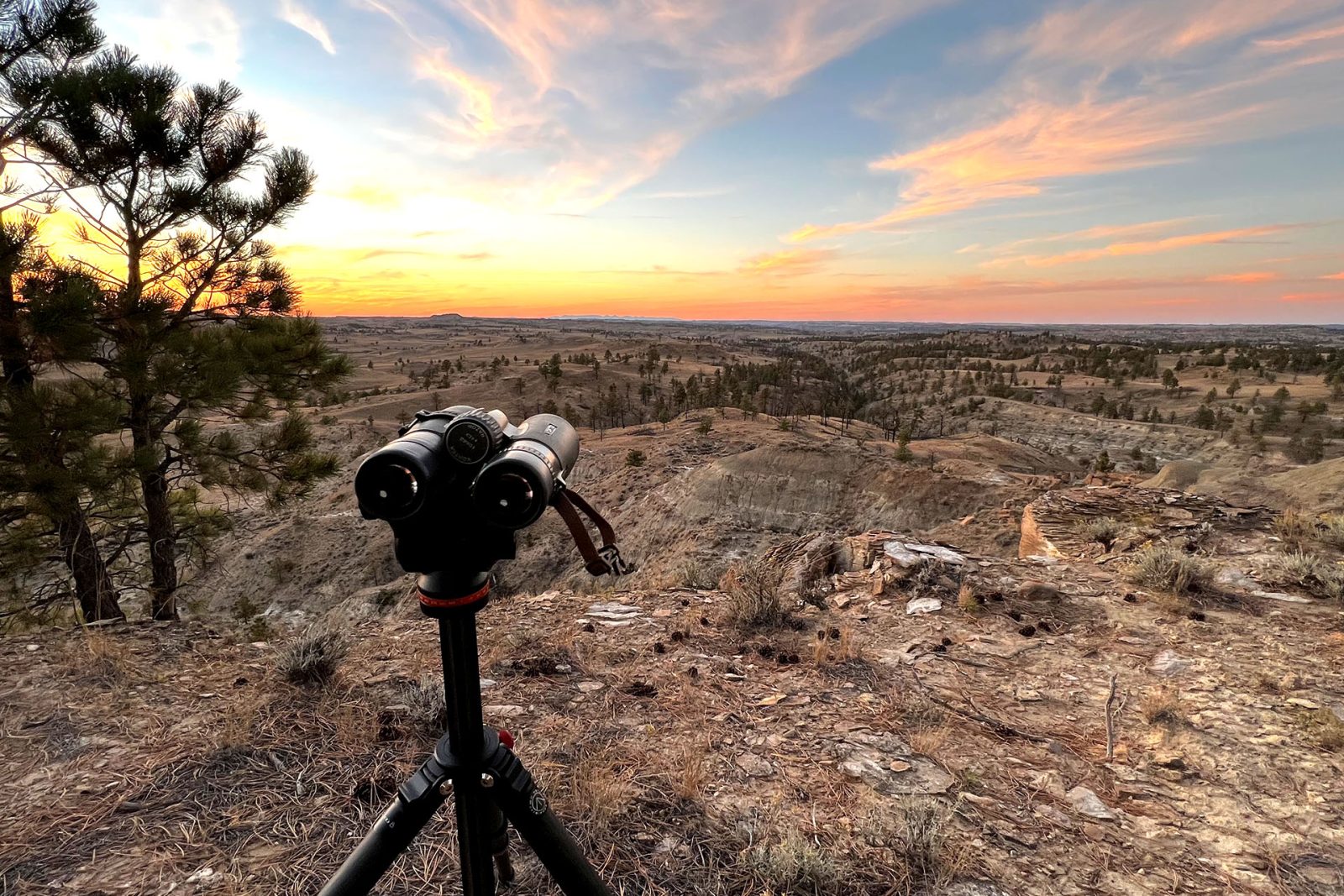
Colorado: Best Shot at Seeing a Lot of Elk
Many elk hunters set their sights on Colorado for elk hunting, and for good reason. With the largest elk population in the U.S., at 290,000, Colorado is often thought of as the hands-down best state for a September or October hunt.
Public land access is good, and bull tags for rifle season can be used in a lot of places around the Centennial State. Colorado stands out because its ample elk population means there are literally thousands of opportunities for residents and non-resident hunters to tag an elk each year, whereas most other states only allow hundreds of harvests per season.
“Colorado traditionally has had the best opportunity for anyone, residents and non-residents, wanting to hunt elk. Boasting the largest elk herd in the country and a lot of public land, it is the best opportunity to hunt elk. You may not find that bull of a lifetime, as Colorado manages the state for quantity and opportunity, not quality, but you just might.” – Willi Schmidt, Pure Hunting
Colorado Draw Tip
Although Colorado changed its tag availability for non-resident archery hunters, where they are no longer available over-the-counter (OTC) and must be drawn, the state still has rifle OTC opportunities to hunt bull elk for residents and non-residents. Moreover, if you want to hunt a limited area or a cow, you must enter the Colorado draw. Determine which units are best using Hunt Research Tools to plan your application efficiently.
Draw deadline: First Tuesday in April
Take a closer look at Colorado:

Utah: Best State for Big Bulls on Public Land
Utah has big bull elk, and they’re on public land. According to B&C, the Beehive State sits just behind Montana for the number of record typical bulls taken since 2010, and it’s in the top three for states when you combine typical and non-typical bulls. Utah has the highest B&C entry density per square mile.
But the better news is that Utah squares its drawing process so even first-time applicants have up to a 30% chance of drawing an elk tag. The state manages its draws by drawing 50% of the available tags from a pool of applicants with the most bonus points, and then the remaining 50% of tags are drawn from all remaining applicants. Building up bonus points does improve your odds of getting a good tag, but you could get lucky in year one and be heading to Utah for an epic elk encounter.
“Even though Utah is often viewed as a long shot in terms of obtaining a good bull tag, it’s still a state you can hunt every year. Long archery seasons and guaranteed rifle tags offer a variety of opportunities. With an archer‘s choice tag, you can hunt spike or cow elk on many premium units.” – Ben Dettamanti
Utah Draw Tip
Utah manages some units for mature bulls with targeted age classes of >5 years old. These limited-entry hunts are some of the best in the country if you’re looking for a trophy-class animal, but the draw odds can be difficult to overcome. Some hunt options offer better odds than others, especially if you are a non-resident just starting out. To explore limited-entry elk hunts and their odds, browse the Hunt Research Tool draw statistics.
Draw deadline: Late April
Take a closer look at Utah:
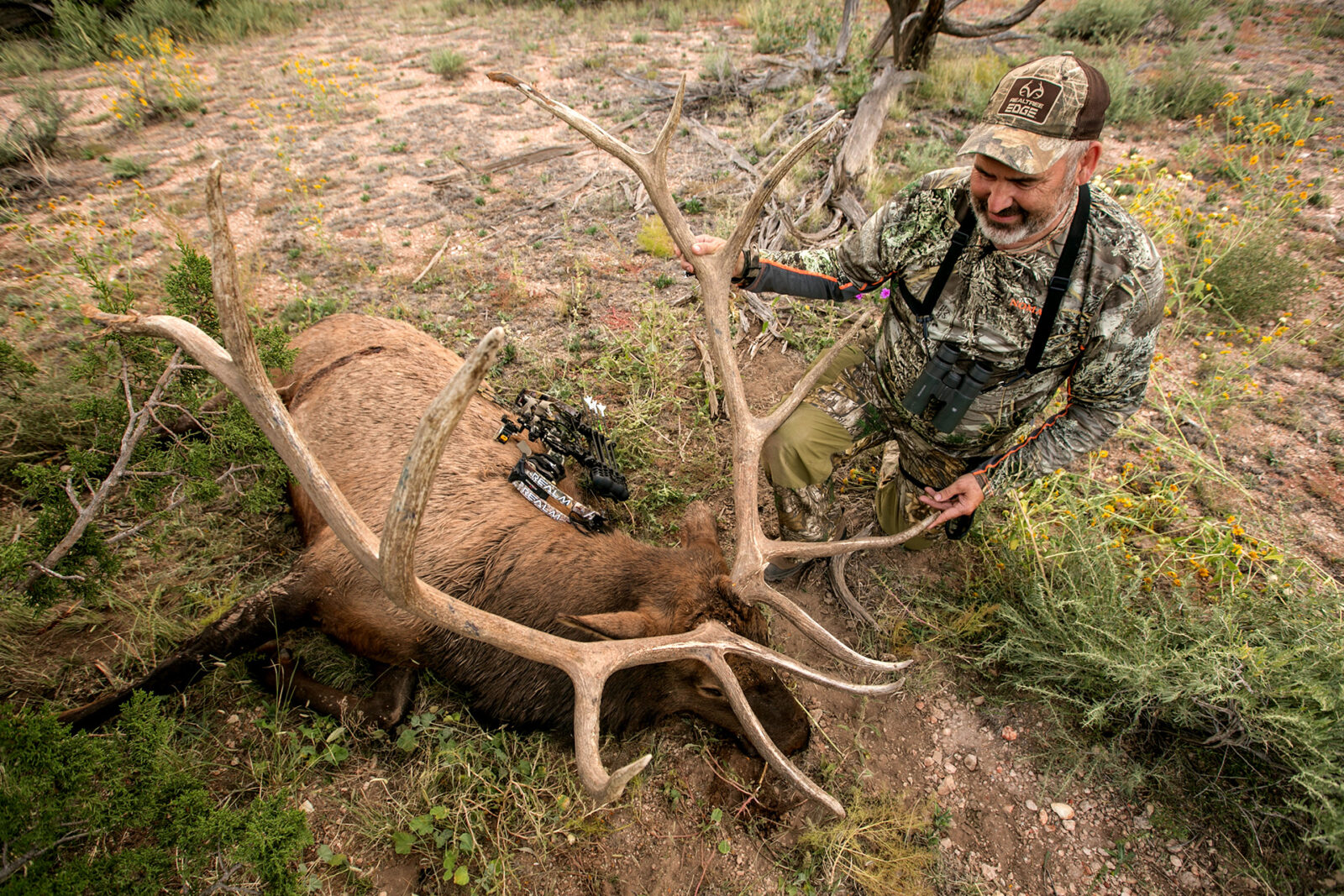
Arizona: Best State for Typical and Non-Typical Elk
When people say it’s hot in Arizona, they’re usually talking about the temperature, but when it comes to elk hunting, the Grand Canyon State is burning with record typical and non-typical bull elk, with over 347 bulls recorded. Arizona holds the combined record for most B&C entries since 2010.
The downside is that getting a tag can be quite difficult. Non-residents cannot draw more than 10% of all eligible hunting tags for any species, which puts more demand on guided hunts. The draw system uses bonus points, and early rifle or archery hunts in top-tier units often take 10-20+ points to draw.
But for those who keep at it or want to get creative and go for late-season archery or rifle tags, there’s always hope. Start looking at the draw odds in Hunt Research Tools to see what you’re up against, and you might just come up with the winning strategy.
“Arizona has world-class elk hunting, but it is obviously a limited resource and highly coveted. In my opinion, AZ is a must-apply state, given that 50% of their non-resident tags are completely random. I always swing for the fences when it comes to applying for an elk tag in this state. The elk numbers are good, and the quality is great. I’ve hunted Arizona three times and I hope to make it a fourth.” – Dan Staton, Elkshape
Arizona Draw Tip
Arizona has some of the best elk hunts in the nation and is a must-apply-for state if a giant bull is your goal. Additionally, Arizona offers a number of late-season rifle elk hunts (in good units) that are outside of the rut but traditionally have much better draw odds.
Draw deadline: First Tuesday in February
Take a closer look at Arizona:
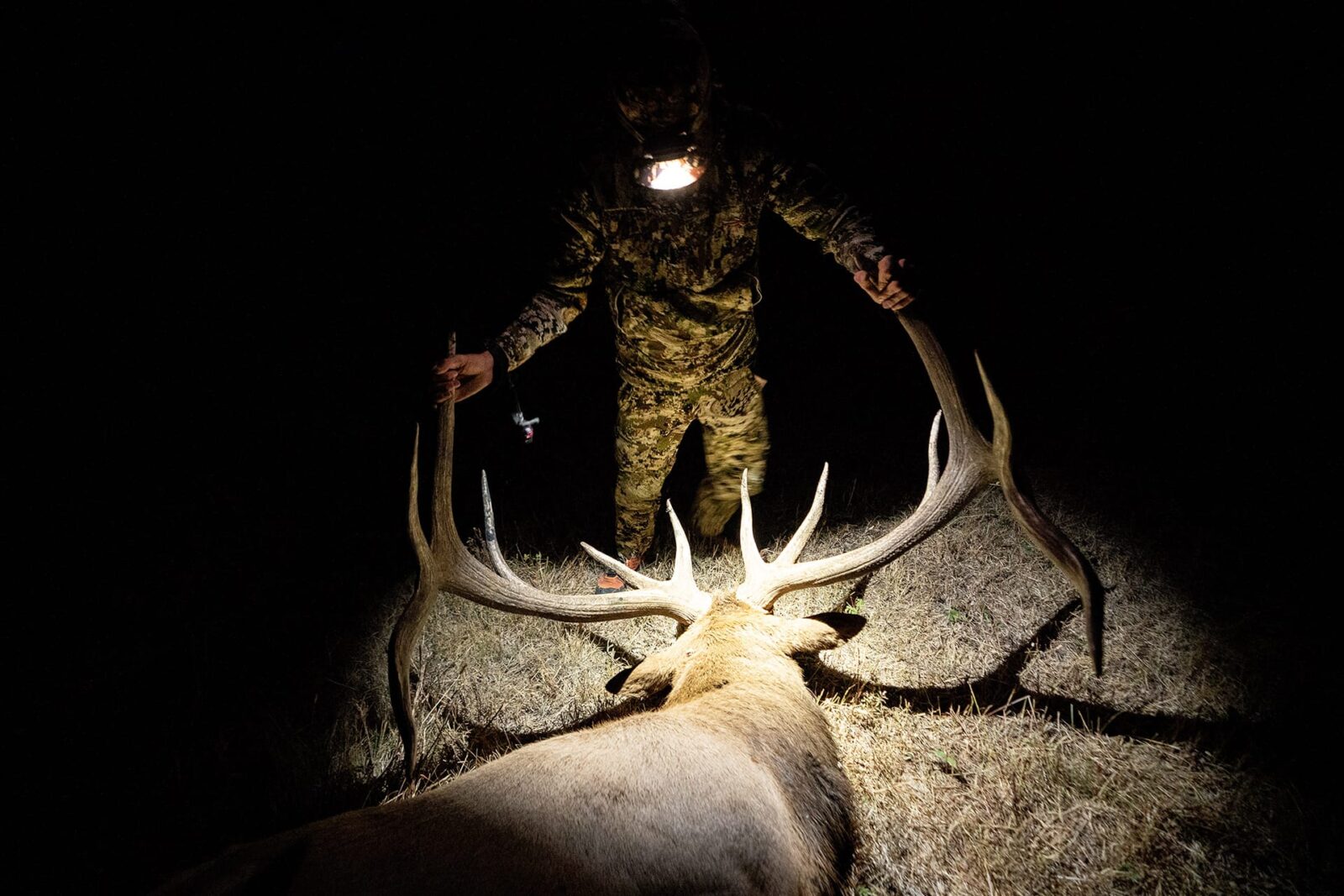
Wyoming: Best State for Available Elk Hunts
There’s a lot to like about elk hunting in Wyoming. With plenty of big bulls, Wyoming is home to roughly 113,000 elk, making it an excellent destination for your first or next elk hunt. As for B&C records, Wyoming is ahead of Colorado for the number of typical bull elk harvested since 2010, and just behind Utah for combined typical and non-typical harvests. There are big elk in those hills if you want to go after them.
Another bonus for non-resident hunters is that Wyoming has a preference point system just for non-residents, where 40% of available licenses in each hunt area and license type are devoted to the preference point drawing. This is helpful if you’re from out of state and want to target one of the harder tags to pull.
Wyoming’s non-resident elk tags come one of two ways: 60% of non-resident tags are in the general draw pool with a $707 base fee, but the other 40% of non-resident tags require a $1,965 drawing fee plus the base fee and a Conservation Stamp. It’s not cheap.
“My favorite state for elk hunting is Wyoming. Unfortunately, it takes at least four points to draw a general tag nowadays, but when you do draw, it gives a lot of options.” – Skye Goode
“Wyoming does an amazing job of managing its elk herd. The Cowboy State is always on my radar, with plenty of options, especially with a general tag. If you can hunt with a resident guide, you’ll be able to access wilderness areas, which will open up a lot more opportunities. Their elk numbers are growing and their seasons are similar to Montana in that you can usually hunt archery and rifle dates with the same tag.” – Dan Staton, Elkshape
Wyoming Draw Tip
Historically, Wyoming’s General Elk tag has provided a great balance of both reasonable draw odds and quality hunt experience for the non-resident applicant.
Draw deadline:
- Non-residents: January 31
- Residents: End of May
Take a closer look at Wyoming:

New Mexico: Best State for Equal Draw Odds
New Mexico’s lottery system resets every year, meaning every hunter—resident or non-resident—starts with equal odds within their applicant pool. You can list up to three unit choices on your application (read more on New Mexico application strategy), and also have the option to put your name in the hat for fourth-choice and/or fifth-choice options. Fourth-choice tags are what’s given out when all first, second, and third-choice tags have been allocated. If applying for a fourth-choice tag, you select one of four quadrants in the state (NW, NE, SW, or SE). Fifth-choice tags are reserved for population hunts, and you don’t choose the area.
The downside: Tags are hard to draw.
The upside: Success rates and elk numbers are strong in popular units.
“For a quality hunt with big bulls, New Mexico can fulfill your wildest elk hunting dreams. With a draw system like this, you can avoid going on extremely crowded hunts like most OTC elk hunts are in other states and be able to just focus on outsmarting the elk instead of all the other hunters as well.” – Nicole Richards
New Mexico Draw Tip
How you order your first three hunt choices can optimize your draw chances. The system will look at your first choice, and if there’s a tag available for it, you’ll draw it and be done. If there isn’t a tag still available, the system moves to your second choice, then your third choice. Always order your choices from hardest-to-draw to easiest-to-draw to give yourself a shot at the best possible outcome.
Draw deadline: March 19
Take a closer look at New Mexico:

Idaho: Best Mix of OTC Opportunity and Adventure
Idaho’s diverse terrain and vast public lands make it a favorite for elk hunters seeking access and adventure. Holding 120,000 elk surely helps, too. The state offers a mix of OTC tags and limited control hunts, with equal odds each year due to no point system. Non-residents, remember: non-resident OTC tags move to a draw system for 2026. The non-resident drawing application period runs December 5-15, 2025, and results will be posted in January.
Since Idaho does not use a preference or bonus point system, every applicant has an equal shot each year. But another important factor is that hunters must choose between applying for one of the “Big 3” species (moose, mountain goat, bighorn sheep) or for elk, pronghorn, and mule deer. You can’t apply in both categories in the same year. This forces applicants to prioritize their most desired hunts and improves draw odds by limiting the pool of applicants.
Best to be in shape, too. Idaho is rugged country, perhaps some of the steepest a hunter can step foot into. From deep canyons to remote alpine ridges, Idaho’s terrain is challenging but rewarding. It ranks top 10 in elk numbers nationally and boasts over 34 million acres of public land.
“Idaho has gained in popularity over the years—not too long ago, I could pick up an over-the-counter tag at any vendor on the way to elk camp. The last few years, Idaho’s non-resident over-the-counter elk tags have been selling out in a single day. The 2026 season will now see a non-resident draw take place for their over-the-counter tags. The tag allocation has not changed, but the demand has increased.” – Dan Staton, Elkshape
“My favorite elk hunts typically involve rugged backcountry adventure, and for this type of experience, Idaho has never let me down. While it might not be the first state that comes to mind when thinking of having the biggest bulls or the largest elk population, Idaho ranks as a top five state for elk numbers and has no shortage of great bulls.” – Adam Adank, Heavy Hunts
Idaho Draw Tip
Non-residents should watch for updates from Idaho Fish and Game so they don’t miss announcements related to the non-resident OTC draw process.
Draw deadline (for Controlled Hunts): June 5
Take a closer look at Idaho:
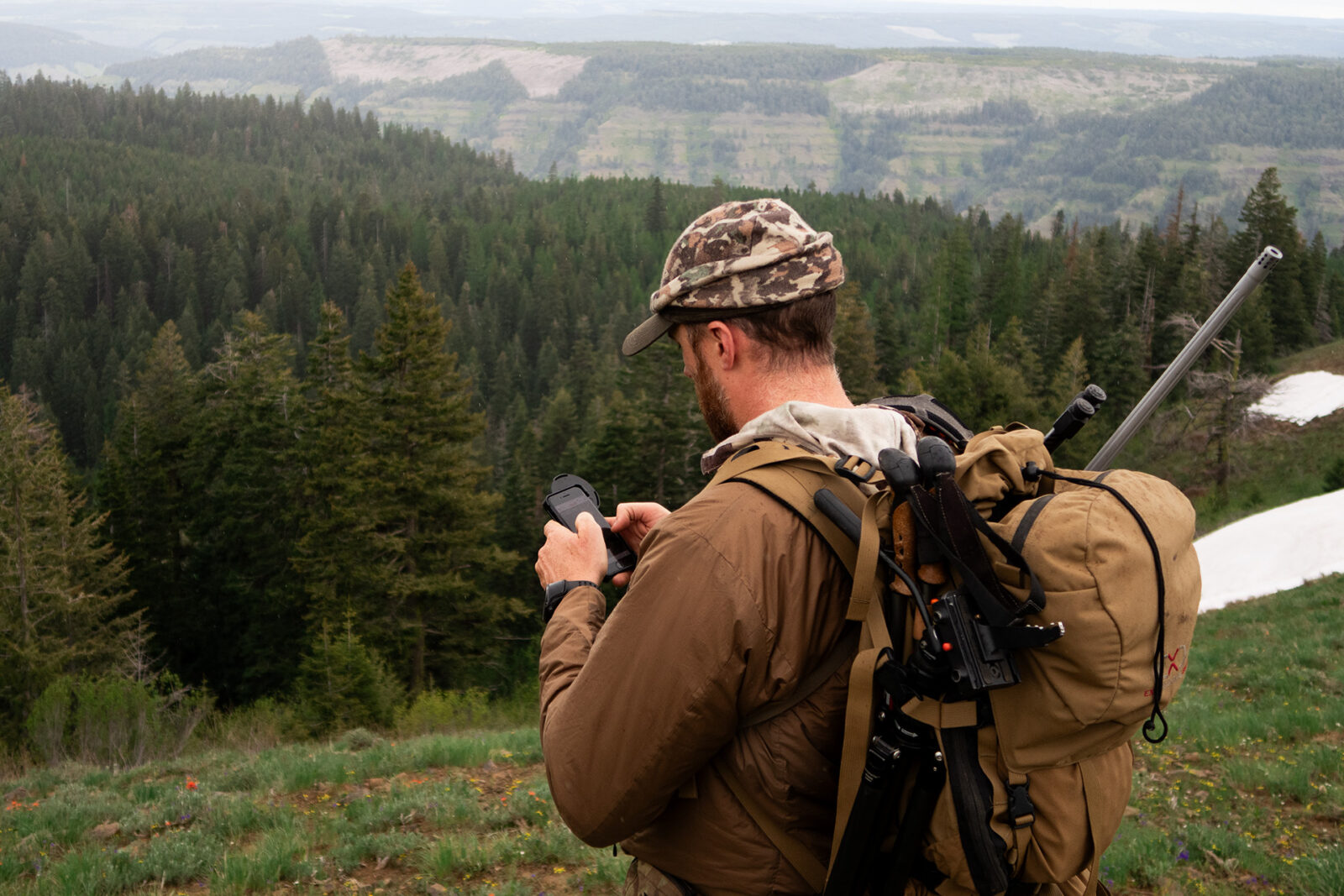
Oregon: Best for Being Underrated and Quiet
Oregon doesn’t often make top-tier lists, but it offers a mix of OTC and controlled hunts with lower hunting pressure in certain units. Its Roosevelt elk population is a bonus for hunters looking to try something different along the coast.
Oregon also hosts the third-largest number of elk, just behind Montana, with 133,000.
“The reason I also chose Oregon is that you can still get a tag over the counter. Because of that, I can hunt every year without having to put in for a draw.” – Trent Fisher, Born and Raised Outdoors
Oregon Draw Tip
If you decide to make building preference points in Oregon a goal, make sure your first-choice option for Controlled Hunts is a hunt you really want to go on. If selected for your first-choice option, you forfeit all built-up preference points, whether you buy the tag or not.
Draw deadline: May 15
Take a closer look at Oregon:
Strong elk populations, ample public land, healthy bull-to-cow ratios, and fair access for both residents and non-residents are key. Draw odds, success rates, and trophy potential also play major roles.
Montana offers long seasons, abundant public land, and strong elk numbers, making it the top choice for residents.
You’ll need an elk-specific tag to hunt elk. Tag requirements vary by state, and various units have specific rules. States require hunters to apply for tags through limited-entry draws or purchase over-the-counter (OTC) tags where available. Many also require a base license or conservation stamp.
Using tools like onX Hunt Research Tools helps identify units with better draw odds, while preference or bonus point systems in some states reward consistent applicants. New Mexico and Idaho, however, use random draws.